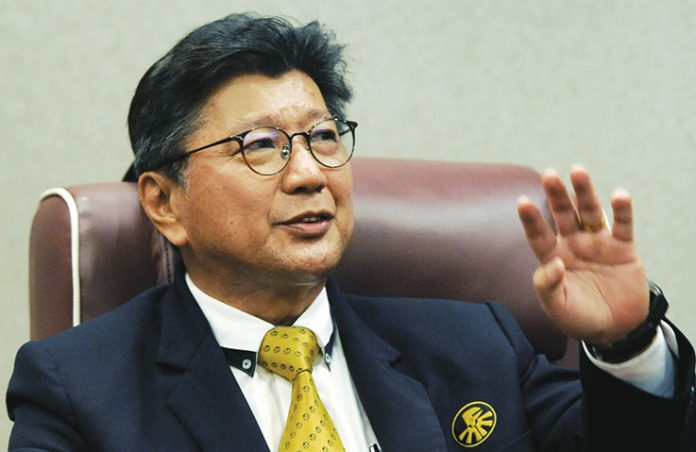KUALA LUMPUR, Sept 1 — Business activity slowed down markedly in the first half (H1) of 2021 as the tightening of COVID-19 lockdowns put further strains on the manufacturing sector, according to a biannual industry survey.
In the business conditions survey jointly conducted by the Federation of Malaysian Manufacturers (FMM) and the Malaysian Institute of Economic Research (MIER), more than half (54 per cent) of the 687 respondents nationwide reported a drop in their business activity in that period, up from 37 per cent in the second half (H2) of 2020.
“The general business activity index plunged far below the 100-point optimism threshold to 65, losing 36 points from H2 2020,” FMM president Tan Sri Soh Thian Lai said in a statement.
Except for cost of production, all the other current and forward-looking indicators posted lower readings compared with H2 2020, signalling that H1 2021 had been a very challenging period for manufacturers.
He said the current conditions were expected to continue for the rest of 2021.
Business activity for H2 2021 is expected to remain as slow as in the first six months of the year.
“The index for expected business activity fell to 60 from 87 points previously, with 55 per cent of the respondents anticipating their business to be equally slow for the rest of the year. Only 15 per cent are positive that their business will pick up soon,” he said.
Phases One and Two of the National Recovery Plan (NRP) and/or Enhanced Movement Control Order (EMCO), which restricted business operations, affected 48 per cent of respondents in the essential sector despite being allowed to operate
Soh said due to the restrictions, 44 per cent respondents opined that their businesses could only be sustained for one to six months.
The lockdowns since May 12 had also caused 55 per cent of respondents to have their orders cancelled due to their inability to deliver, and 40 per cent to have their H2 2021 order contracts reviewed.
He said that most respondents opined that the most effective exit strategy from the pandemic was to ensure all employees were fully vaccinated, including booster shots in 2022, and require all new employees to be vaccinated before starting work.
In terms of employment, Soh said the survey unveiled that 56 per cent of respondents reduced manpower cost by freezing headcount, removing non-contractual allowances and benefits, reducing workdays/week, imposing forced annual leave and prohibiting part-time work/outsourcing.
For those who were contemplating pay cuts, he said they were looking at possible pay cuts of five to 20 per cent for top management and management, and 10 per cent for executives and non-executives.
On manufacturers’ outlook for H2 2021, Soh said while production costs were expected to climb higher, all the other indicators had posted readings below the demarcation level of optimism, indicating that the outlook for the manufacturing sector was lacklustre in the coming months.
















